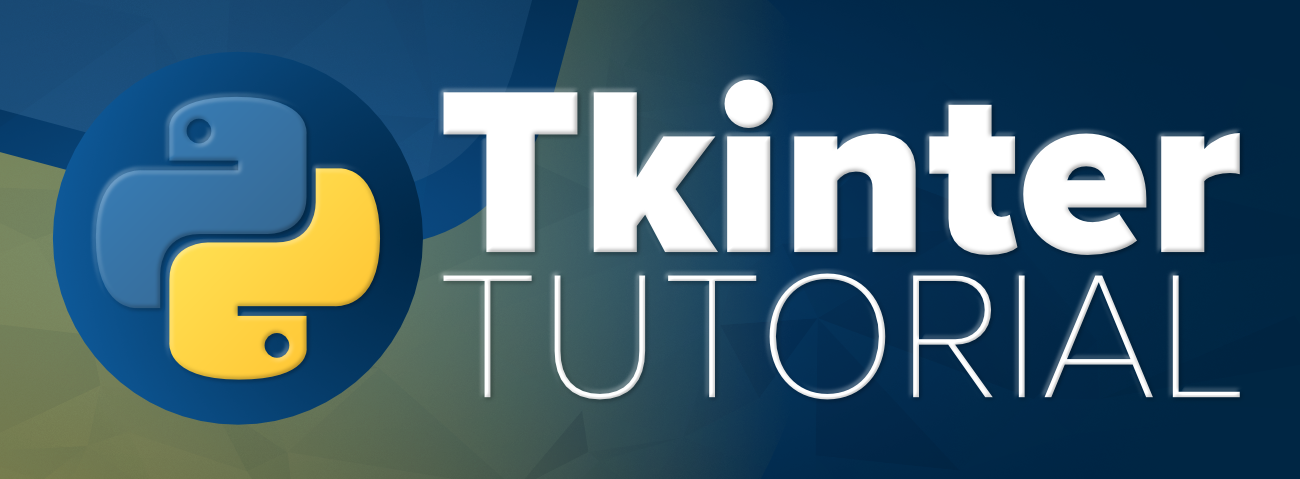Python Tkinter Tutorial
Last Updated :
25 Apr, 2024
Tkinter is the most commonly used library for developing GUI (Graphical User Interface) in Python. It is a standard Python interface to the Tk GUI toolkit shipped with Python. As Tk and Tkinter are available on most of the Unix platforms as well as on the Windows system, developing GUI applications with Tkinter becomes the fastest and easiest.

Getting Started with Tkinter
In this guide, we’ll walk you through the essentials of Tkinter, from installation to creating your first GUI application. We’ll explore the concept of widgets, learn how to create basic GUI elements, and even dive into more advanced topics like destroying windows and gaining an overview of Tkinter in Python.
Basic Widgets in Tkinter
In this Tkinter section, we’ll explore the fundamental building blocks of What are Widgets in Tkinter?, Creating Interactive applications using Tkinter’s, using basic widgets. From simple frames and labels to more complex elements like scrollable frames and treeviews, we’ll cover a wide range of widgets and their customization options.
- Label: Display static text or images.
- Button: Create clickable buttons to trigger actions.
- Entry: Allow user input for single-line text.
- Frame: Organize widgets within a container.
- Checkbutton: Create checkboxes for boolean options.
- Radiobutton: Create radio buttons for mutually exclusive options.
- Listbox: Display a list of items for selection.
- Scrollbar: Add scrollbars to widgets like Listbox.
- Menu: Create simple menus for application navigation.
- Canvas: Draw shapes, lines, text, and images.
Intermediate Widgets in Tkinter
- Combobox: Provide a dropdown list with editable text entry.
- Scale: Create a scale widget for selecting values within a range.
- Toplevel: Create additional windows/dialogs.
- Message: Display simple messages or notifications.
- Menubutton: Create a button that opens a menu.
- Progressbar: Show progress of a task.
- Spinbox: Provide a numerical input with up/down arrows.
Advanced Widgets in Tkinter
- ScrolledText Widget: Create a text widget with built-in scrollbars.
- Treeview: Display hierarchical data in a tree-like structure.
- MessageBox Widget: Display dialog boxes for messages, warnings, etc.
- Treeview scrollbar Widget: Add scrollbars to Treeview widgets.
- Text: Create a multiline text input with advanced editing capabilities.
Geometry Management in Tkinter
Efficiently managing the geometry of Tkinter windows and widgets is essential for creating polished user interfaces. In this section, we’ll cover everything from setting window dimensions to handling resizing, padding, and widget positioning. We’ll explore methods like place(), grid(), and pack() to help you create organized and responsive layouts. Additionally, we’ll delve into advanced techniques like the PanedWindow widget.
Fonts, Colors, Images in Tkinter
The choice of fonts, colors, and images can make a significant impact on the user experience and the overall aesthetic appeal of an application. In this section, we will delve into the intricacies of customizing fonts, exploring a variety of color options, and incorporating images into your projects.
Canvas
Tkinter Advance
Applications and Projects
Share your thoughts in the comments
Please Login to comment...